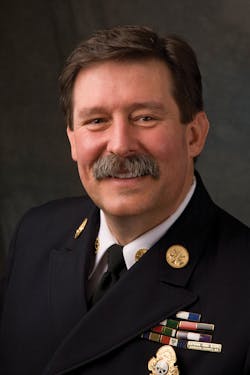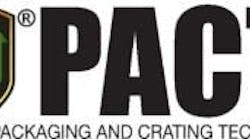Firefighters have brought numerous challenges to grooming requirements that are related to facial hair that date back to 1970. The earliest of these were based on constitutional claims of freedom of speech, freedom of expression, right to privacy and due process. Starting in the 1990s, firefighters brought new challenges that were based on religion, race and disability discrimination.
These grooming-related challenges largely met with no success, other than a few outlier cases.
With that as a backdrop, two major cases were decided over the course of the past few years that provide definitive guidance to departments and firefighters on the issue of facial hair. The cases involve the Fire Department of New York (FDNY), Bey et al v. City of New York et al, No. 20-456 (2d Cir., 2021), and the Jacksonville Fire and Rescue Department (JFRD) in Florida, Jones et al v. City of Jacksonville, 3:20-cv-01330 (M.D. Fla., Jan. 13, 2023).
FDNY’s accommodation withdrawn
In Bey, four African American firefighters sought to challenge FDNY’s clean-shaven policy as being discriminatory based on race and disability. The firefighters suffer from a painful skin condition that’s known as pseudofolliculitis barbae (PFB), which is aggravated by daily shaving. PFB is more common among African Americans than it is among other ethnicities.
- Curt Varone will present “Firefighters & Cameras: Managing the Problem” at Firehouse Expo 2023.
In 2015, FDNY granted the firefighters an accommodation to maintain “closely-cropped facial hair, uncut by a razor.” The accommodation, often referred to as a shadow beard, still required the firefighters to pass an SCBA fit test. However, in 2018, FDNY withdrew the accommodation after it learned that federal Occupational Safety and Health Administration (OSHA) regulations prohibit facial hair at the mask interface regardless of the fit test results. Because New York state is a Public Sector State Plan OSHA jurisdiction, municipalities in the state are required to comply with federal OSHA standards. The state, through the New York Public Employee Safety and Health Bureau (PESH), will issue citations and fines to municipalities for OSHA violations.
The Second Circuit Court of Appeals concluded that, because compliance with OSHA is mandatory for FDNY, an accommodation that requires the department to ignore an OSHA regulation is not a reasonable accommodation. As a result, the clean-shaven requirement can’t serve as the basis for a either a race or disability discrimination claim for FDNY firefighters.
OSHA mandate in Florida
In Jones, 30 African American firefighters from the JFRD filed suit alleging the same race and disability claims that were alleged in Bey. They noted, however, that while the state of New York is a Public Sector State Plan OSHA jurisdiction, Florida isn’t. As a result, the state has no mechanism to cite or fine the city for OSHA violations.
The city countered that, despite Florida not having an OSHA enforcement plan like New York’s, state law mandates that municipalities comply with federal OSHA mandates. The trial court dismissed the firefighters’ claims, citing to Bey and concluding that, even though Florida hasn’t adopted an OSHA enforcement framework that’s comparable to New York’s PESH, OSHA regulations still are not optional for the JFRD.
Quoting from Jones: “Title VII does not require employers to depart from binding federal regulations. Legally binding federal regulations present a complete defense [to claims of discrimination].”
The only recourse
The rulings in Bey and Jones lend support to departments that have a clean-shaven mandate, at least to the extent that state law requires municipalities to comply with federal OSHA regulations. For those who are dissatisfied with these rulings, the recourse involves seeking a change in OSHA’s respiratory protection standard. Such a change likely would require additional research by the National Institute for Occupational Safety and Health (NIOSH) to evaluate the safety issues that are associated with allowing facial hair at the SCBA interface.
In both cases, the firefighters alleged that there was no real safety concern associated with facial hair at the SCBA interface, given improvements in SCBA technology. Wisely, the courts didn’t entertain those arguments. Courts aren’t the appropriate forum to evaluate scientific research nor to balance acceptable risk to SCBA users. The deliberative rulemaking process required of OSHA when enacting regulations is the more appropriate forum.
Given the burden upon those who have a disabling skin condition, such as PFB, together with its disparate effect on racial minorities, perhaps OSHA and NIOSH will see that it’s time to scientifically reevaluate the wisdom of the current regulations. If the science supports a continuation of the clean-shaven requirement, so be it. If not, then the regulations ought to be updated.






